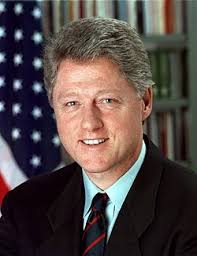The Evolution of US Presidents: A Historical Overview

Introduction
The role of the President of the United States is pivotal in shaping both national and global policies. As America looks towards its future, understanding the past presidents—who they were, their accomplishments, and their impact—becomes crucial. The office has evolved significantly since its inception, reflecting the changing needs and values of the American people.
The Early Years: Washington to Lincoln
The first president, George Washington, set many precedents that shaped the office. His voluntary decision to step down after two terms established a tradition that would last until Franklin D. Roosevelt’s four-term presidency. Washington’s leadership during the American Revolution and his role in drafting the Constitution cemented his legacy. Following him, John Adams and Thomas Jefferson contributed to the early development of American democracy, navigating challenges during their presidencies.
Abraham Lincoln, serving from 1861 to 1865, is renowned for his leadership during the Civil War and for issuing the Emancipation Proclamation, which played a crucial role in abolishing slavery in the United States. His vision for a reunified nation after the war speaks volumes about the responsibilities of a president during times of crisis.
The 20th Century: Major Transformations
The 20th century witnessed remarkable transformations in the presidency. Franklin D. Roosevelt, taking office in 1933, confronted the Great Depression with his New Deal policies, fundamentally altering the federal government’s role in daily life. His unprecedented four terms shifted the political landscape and led to the 22nd Amendment, which limited presidents to two terms.
During the latter half of the century, presidents like John F. Kennedy and Ronald Reagan faced the Cold War’s challenges, influencing foreign policy and domestic agendas. Kennedy is remembered for his inspirational rhetoric and decisive action during the Cuban Missile Crisis, whereas Reagan’s economic policies and negotiations with the Soviet Union initiated a significant shift in international relations.
Modern Era: Bush to Biden
The events of the 21st century, particularly the September 11 attacks in 2001, brought forth significant changes in U.S. foreign policy and national security under Presidents George W. Bush and Barack Obama. Bush’s war on terror and Obama’s healthcare reforms marked pivotal points in contemporary American politics.
Currently, Joe Biden, elected in 2020, is focused on challenges like the COVID-19 pandemic, climate change, and social equality. His presidency reflects an ongoing adaptation to emerging issues while striving to unify a divided nation.
Conclusion
The legacy of US presidents is more than just a record of individuals who held office; it encapsulates the evolution of an entire nation. Each president has faced unique challenges and has contributed to the rich tapestry of American history. As the United States moves forward, understanding these influences can help citizens engage with and shape their government. The presidency remains a powerful institution, with each leader leaving an indelible mark on the future of the nation.








